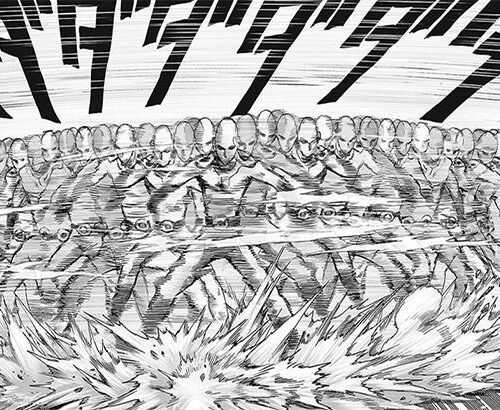James Cameron’s Titanic broke Hollywood and patched it up again, the best it could. The film was prophesied to be a box office dud, sink Cameron’s career to a point of no return, and simply be the worst example of creative freedom in Hollywood history. But a 4-minute-and-2-second trailer prevented all of it.
At the time, a 4-minute-long trailer was unheard of, almost blasphemous to the Motion Picture Association’s sensibilities and stringent regulations. But once Cameron was done showing his cut, Paramount not only ate their own words but also helped bring what would become the highest-grossing epic of all time to theaters all around the world. (Variety)
Today, Fast & Furious 9 stands at #1 on the list of longest movie trailers. At 4 minutes and 4 seconds, the trailer beats Cameron at his own game, but as they say, Titanic walked so Fast & Furious could run. Below is a brief peek behind the curtain at how a passionate team behind the movie helped make it all happen against surmounting odds.
The Untold Story Behind Titanic’s Fight to Become Hollywood’s Biggest Epic

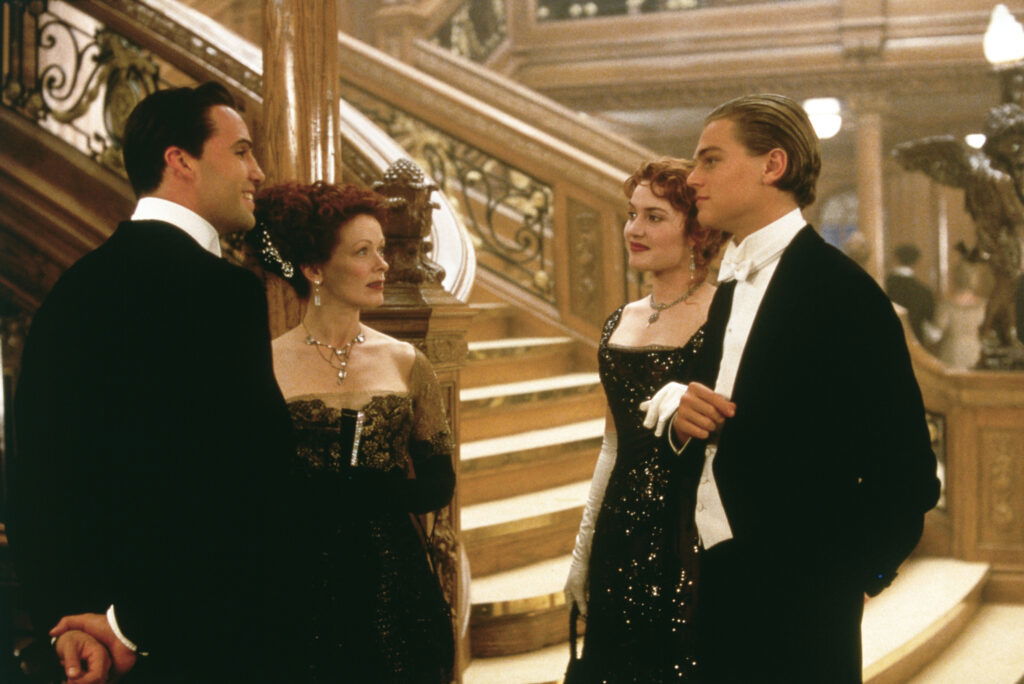
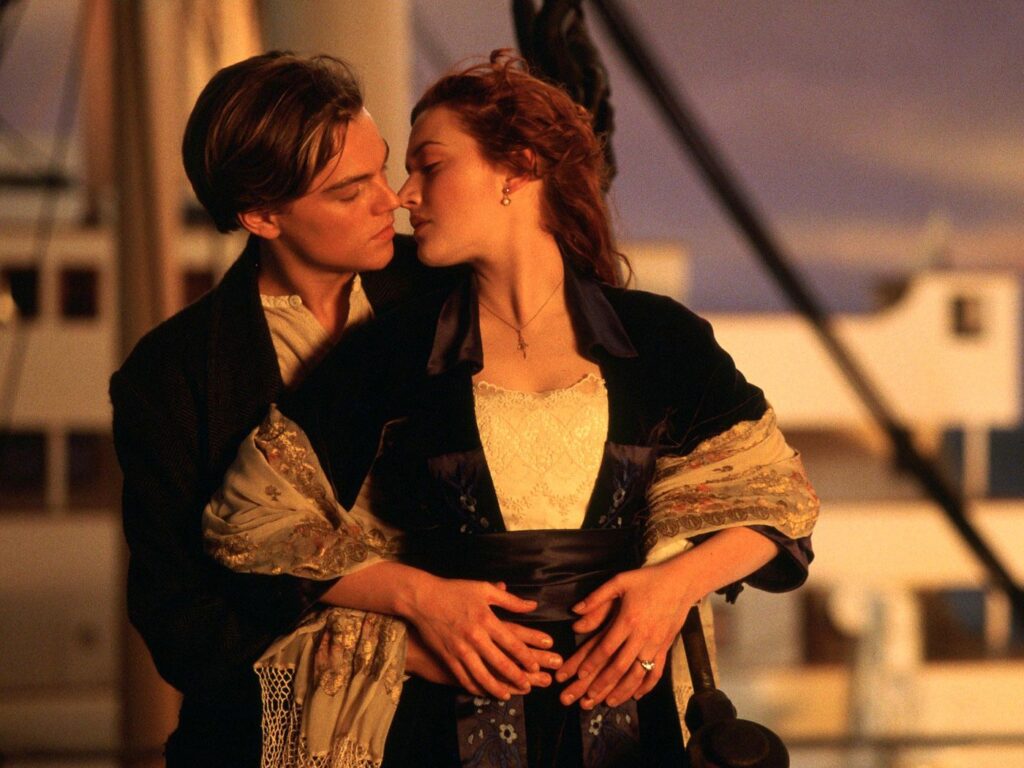
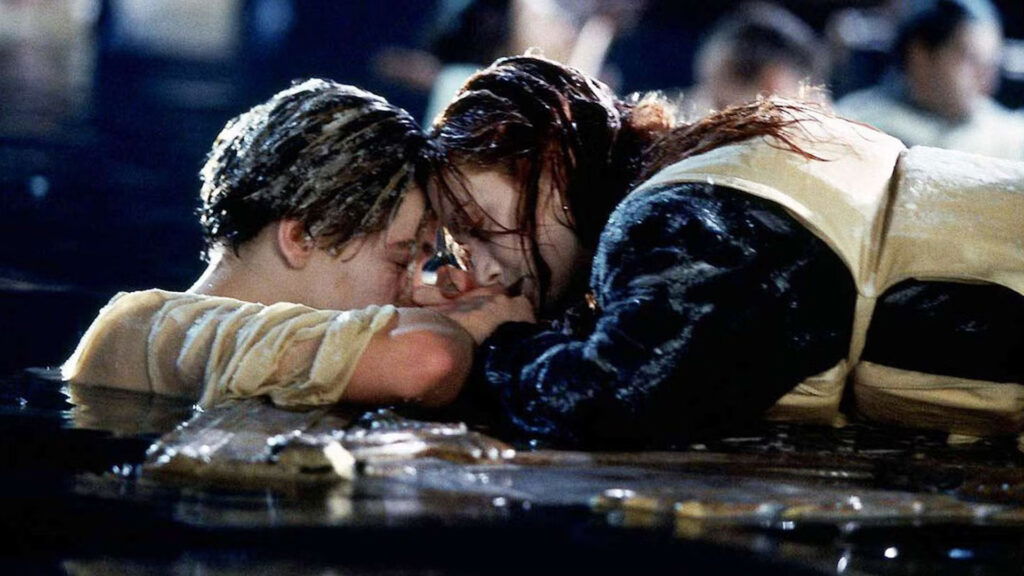
In the posthumous memoir of Titanic producer Jon Landau, titled The Bigger Picture, the Oscar-winning exec described the excruciating uphill battle of getting Cameron’s tragic epic from the editing rooms to the big screen.
Already fighting with studios over the film’s three-hour-and-fourteen-minute runtime and an enormous budget of $200 million, the trailer became a new point of contention for the suits at Fox and Paramount. Landau and Cameron refused to condense their 194-minute-long epic into a 150-second soundbite.
Paramount’s attempt to cut it resulted in what Landau named the “John Woo trailer” (via Variety):
It was all flash cuts and pounding music, gunshots, and screams. It made the movie look like an action flick that happened to take place on the Titanic. It was not our movie.
We went back and forth with Paramount, first reasoning, then screaming. We ultimately convinced Sherry Lansing, Paramount’s chairperson and CEO, to veto her own distribution department and let us test our trailer at ShoWest, the conference of the National Association of Theatre Owners in Las Vegas. These are the people who really matter.
At ShoWest, everything changed. The theater owners not only loved the trailer, but Hollywood icon Kurt Russell (who was present at the scene) yelled out, “I’d pay ten dollars just to see that trailer again.”
No longer was Titanic the punchline of “Glub, Glub, Glub . . .” jokes (TIME Magazine). Instead, the trades, the critics, the audience, and the industry as a whole began to take note, including the MPAA, which changed its regulations to allow Titanic to air its 4:02 trailer.
James Cameron’s Titanic Started a New Trend for Cinema
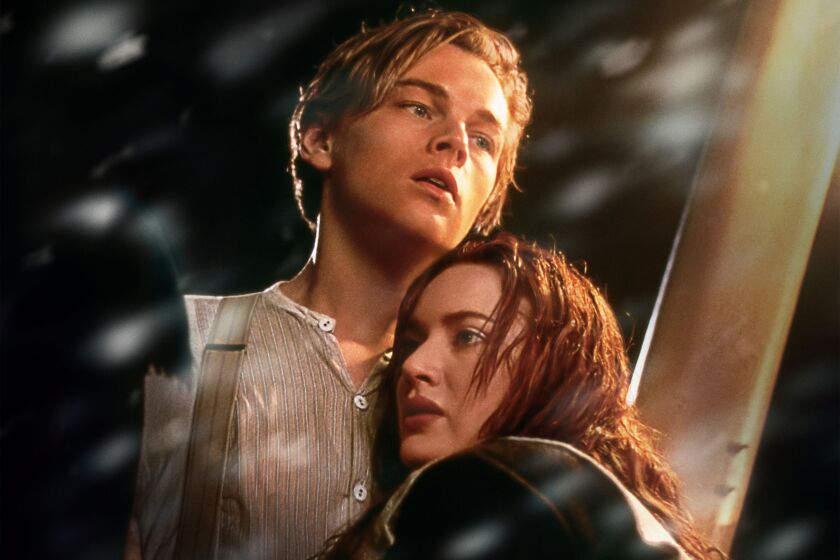
Most films are required by the MPAA to follow the 2:30 format when it comes to conveying the tone and message of their movies. A 150-second blurb must convey a sense of the film without giving away too much of the plot. But often, the audience finds that either the trailers give away too much or fail to accurately portray the tone entirely.
Titanic showed Hollywood a new path by breaking the rules where it counted the most. Now, most blockbusters hold the 150-second constraint as a choice rather than a necessity.
Zack Snyder’s Man of Steel, Christopher Nolan’s Interstellar, James Cameron’s Avatar, Ridley Scott’s Prometheus, Todd Phillips’ Joker: Folie à Deux, and Jon Chu’s Wicked – all of these box office giants have marketed their extraordinary stories with trailers that go beyond the 150-second barrier.
Even Morbius and Madame Web went so far as to release trailers that were over 3 minutes long, despite failing to deliver a decent product in the theaters.
Below is a list of all essential details about Titanic, the tragic epic that crushed every heart when it came out and continues to do so 3 decades later:
Where does Titanic rank on the list of your all-time favorites? Let us know in the comments below.
Titanic is available to stream on fuboTV, MGM+, and Philo.




